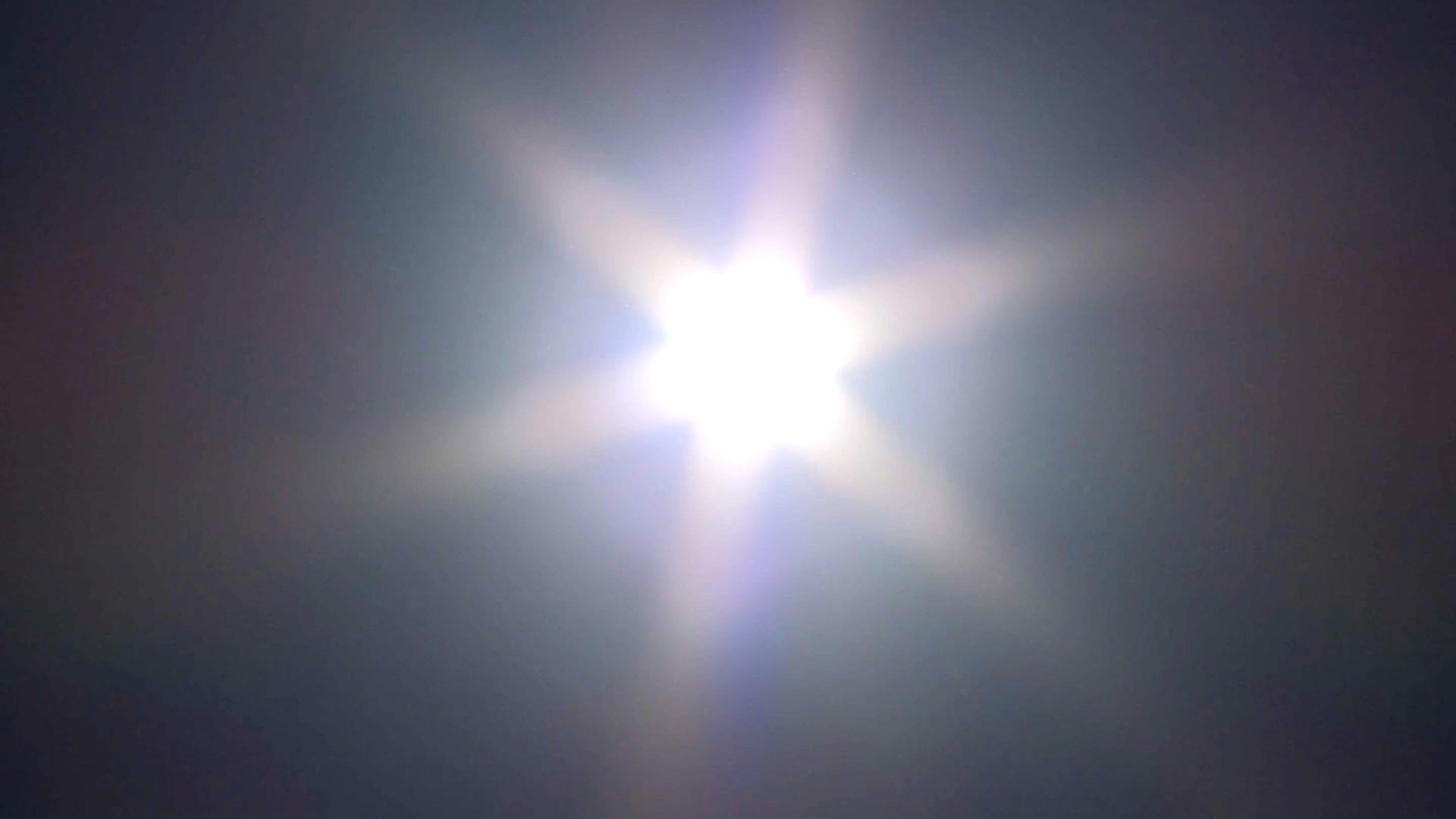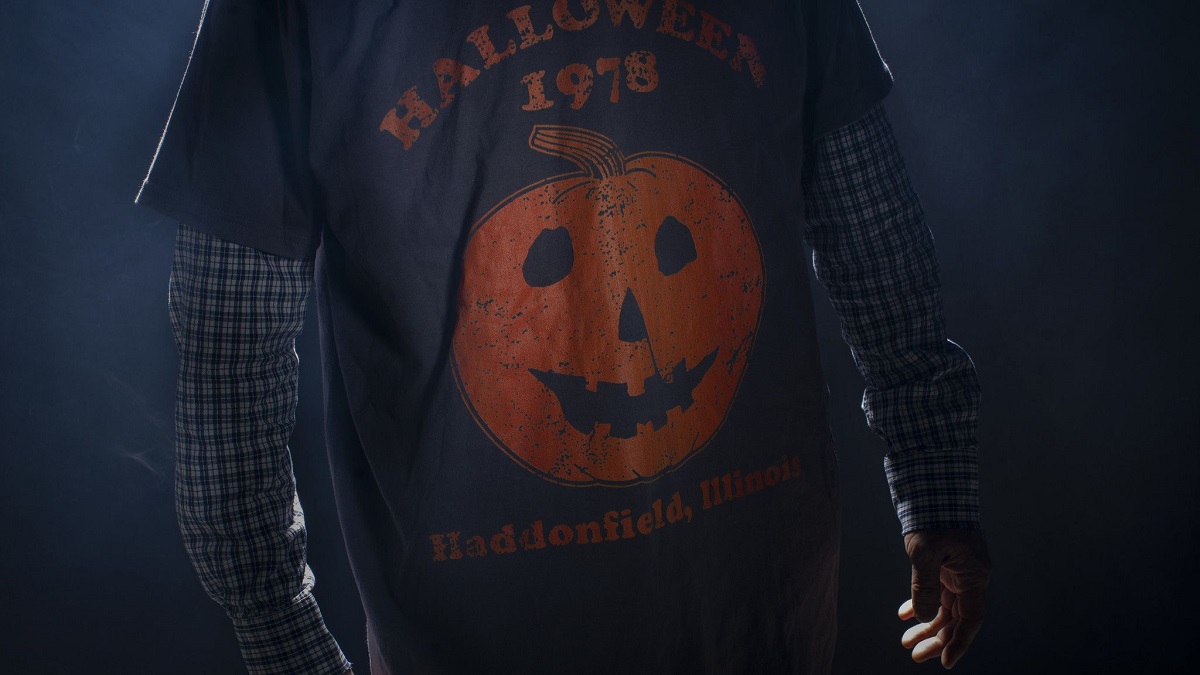Temperatures feel positively summer-like in the Chicago area this weekend, but winter is right around the corner, and an emerging pattern may impact our weather in a big way.
According to the latest estimates from the NOAA’s Climate Prediction Center, this year’s winter in the Chicago area could be influenced by an emerging La Niña pattern, leading to some notable impacts on the overall forecast.
What is the difference between an El Niño pattern and a La Niña?
During an El Niño pattern, trade winds typically shift, pushing warmer waters of the Pacific Ocean towards the Americas, according to NOAA. This then pushes the Polar Jet Stream further northward, allowing warmer air to impact the Great Lakes and other parts of the central United States.
The Pacific Jet Stream then carries more moisture to the southern United States, resulting in heavier-than-normal rainfall.
A La Niña pattern is the opposite. Trade winds blow warmer waters toward Asia, allowing a process known as “upwelling” to bring cooler water to the ocean’s surface.
Those cooling water conditions don’t push the Polar Jet Stream as far to the north, but instead allow it to arch toward Alaska then plunge southward toward the Chicago area.
Local
How do each of the patterns impact the Chicago area’s winter?
During an El Niño, winters tend to be warmer and drier thanks to moisture and storm systems following the Pacific Jet Stream toward the southern United States, according to University of Illinois researchers.
Feeling out of the loop? We'll catch you up on the Chicago news you need to know. Sign up for the weekly Chicago Catch-Up newsletter.
Last winter, the Chicago area saw snowfall totals that were well below average in both December and February. In February, the average high temperature was 49.2 degrees, a full 13.5 degrees above normal.
In fact, the Chicago area saw record warmth as well, with a record-high of 74 degrees recorded on Feb. 27.
La Niña winters do tend to be a bit warmer than normal, but more crucially they also feature more snowfall and more frequent winter storms due to the placement of the Polar Jet Stream.
What do forecasters say about this year’s winter?
With the possibility growing of a La Niña-influenced winter, the Climate Prediction Center is leaning toward models that show above-average precipitation in the Chicago area in the coming months.
Temperature meanwhile isn’t quite so clear, as the CPC believes there are roughly equal chances for above or below-average temperatures during meteorological winter, which runs from December to February.



